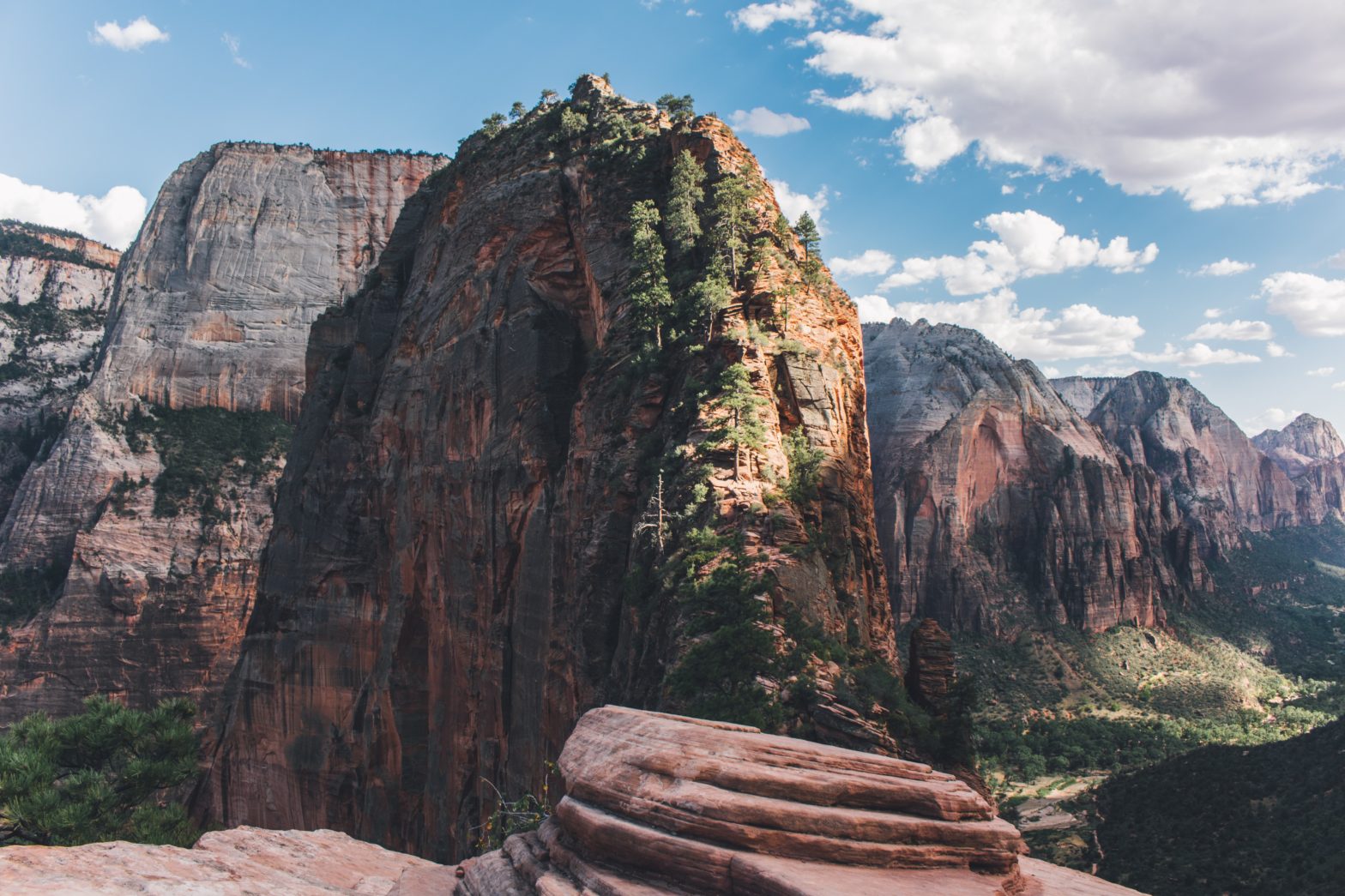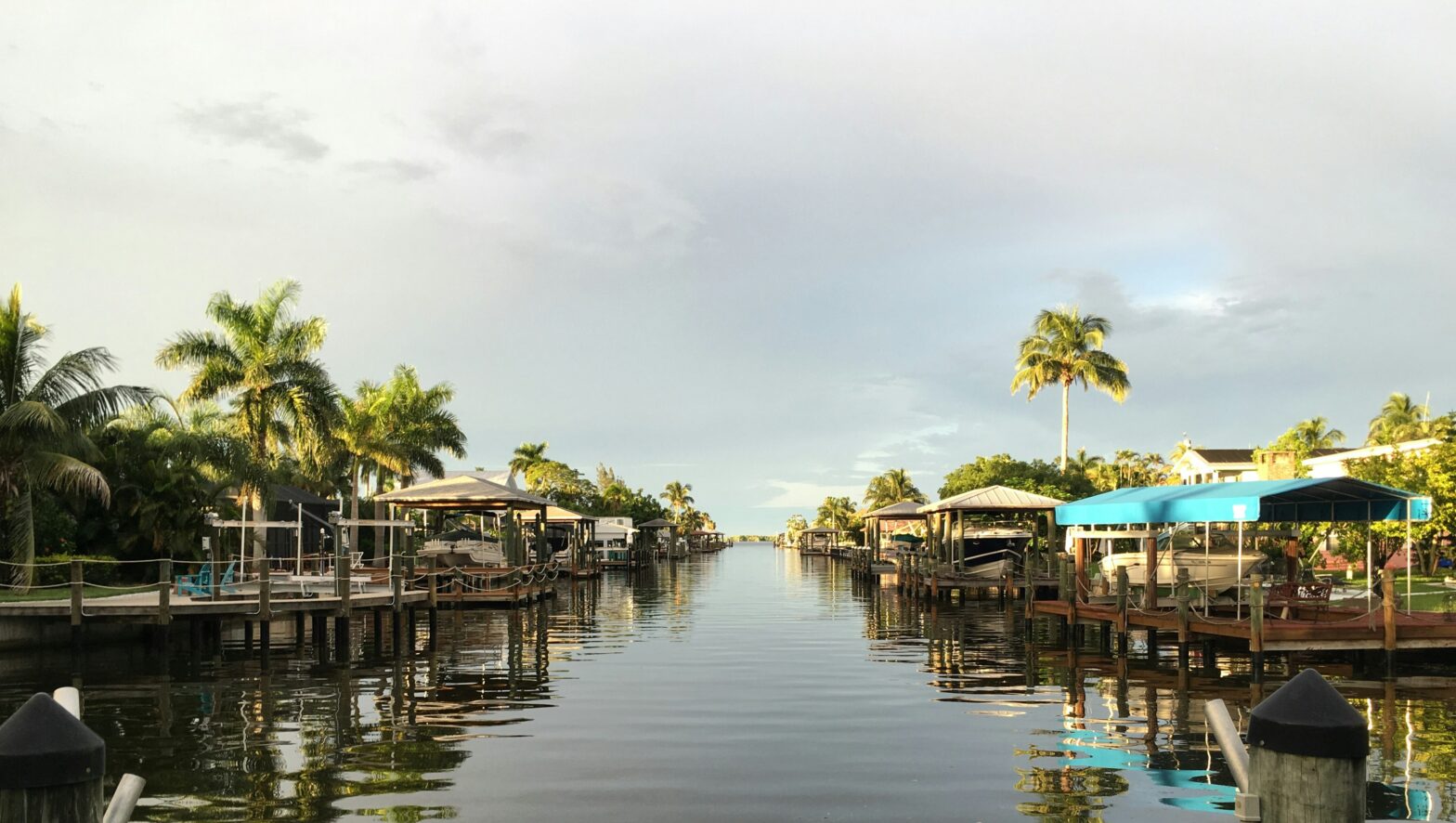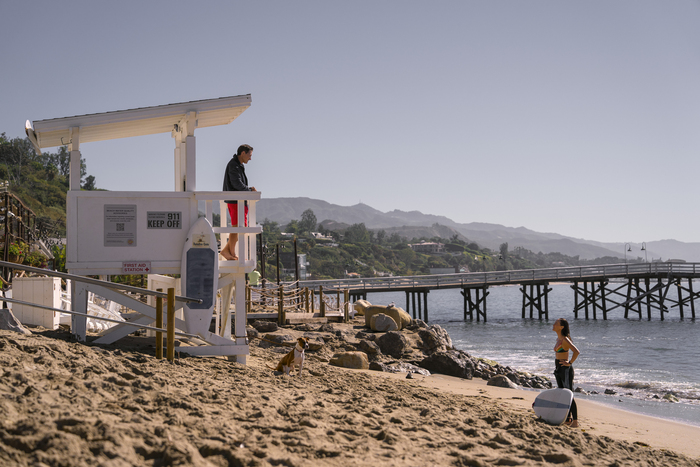It’s been said before: nature is a marvel, provided you don’t catch her in a sour mood. She can humble us at any given moment, and she won’t always give a warning. Those snow- covered mountains sure look enticing, at least until an avalanche starts. That sand bar (and we don’t mean the kind with alcohol) looks Instagram-worthy, but what’s the plan when the tide comes in? The Grand Canyon is gorgeous, but those drops, chile! Between the risk of falling and heat stroke- they don’t call it the most dangerous national park in the US for nothing. Even seasoned adventurers have lost their lives there.
Four of the sites listed you can at least observe safely. The fifth is so dangerous that the local government is very strict about who gets to visit, outside of scientists and the Navy, who are tasked with inspecting the lighthouse there each year.
Here are five places that should be experienced with caution, or not at all.
1. Angel's Billabong- Bali
View this post on Instagram
Hop on a ferry from the Balinese mainland to the island of Nusa Penida.
The emerald lagoon there beckons visitors to float on their backs or swim. When done during low tide, this is usually fine. High tide is another story.
The lagoon faces the Indian Ocean, which is known to be treacherous. Tourists have been dragged out to sea when in the lagoon or taking pictures by it.
Exercise good judgement; that dope Instagram photo you want to take isn’t worth your life.
2. Angel's Landing- Utah
View this post on Instagram
There are many challenging hikes across the US. But none so scary as Angel’s Landing in Utah.
You’ll need a permit to hike this bad boy, but it’s worth having on your bucket list. It’s 5.4 miles round-trip and for obvious reasons, is not suitable for children.
The real thrill comes at the tail end of the hike. There’s a narrow ridge with nothing between you and the drops on either side, except the chains.
If you’re the type that gets weak in the knees when exposed to heights, there’s no shame in turning back. Really. Just getting to the ridge is an accomplishment.
The exact number of hikers who have died while attempting the last stretch of Angel’s Landing is in dispute. The most recent person to fall was a man in March 2021.
3. Boiling Lake- Dominica
View this post on Instagram
A name like Boiling Lake should be enough to tell you this isn’t meant for swimming. The billowing smoke should be warning enough, and it’s the largest natural feature of its kind after Frying Pan Lake in New Zealand.
This flooded fumarole in the earth’s surface is close to a volcano. The temperature has been known to drop and rise over the years. Regardless, taking pictures is all you should be doing here.
The “Nature Island” of Dominica takes pride in being less polished than other Caribbean islands. If getting close to nature is your bag, you can get here via ferry from nearby St. Lucia.
4. Le Passage du Gois- France
View this post on Instagram
This causeway connects the island of Noirmoutier to mainland France and it floods twice a day.
According to Atlas Obscura, “Le Passage du Gois is built atop a narrow spine of silt that developed over hundreds of years. Eventually the line grew big enough that it rose out of the waters during low tide, creating a land bridge across the bay.”
At 4.5 KM long, you don’t want to be driving when the waves come. The tide rises quickly and deaths have occurred, though not very many.
Those who reside on Noirmoutier know not to cross the causeway at certain times. But some outsiders are, well, stubborn.
5. Ilha da Queimada Grande (Snake Island)- Brazil
View this post on Instagram
This island off the coast of Brazil is fearsome.
Even if you’re the kind of person that likes snakes, you don’t want to truck with the guys here. They aren’t corn snakes or ball pythons- both docile breeds.
Smithsonian Magazine says “Snake Island” is infested with 2,000-4,000 lancehead vipers; among the most venomous in the world. The venom can take you out in an hour or less.
Why are there so many snakes? Well, there isn’t much human interference, so that helps. Also, as noted by Smithsonian Magazine, “they have no ground level predators, allowing them to reproduce rapidly.”
There’s so much else to do in Brazil that can tickle your thrill-bone without killing you. Sit this one out.





